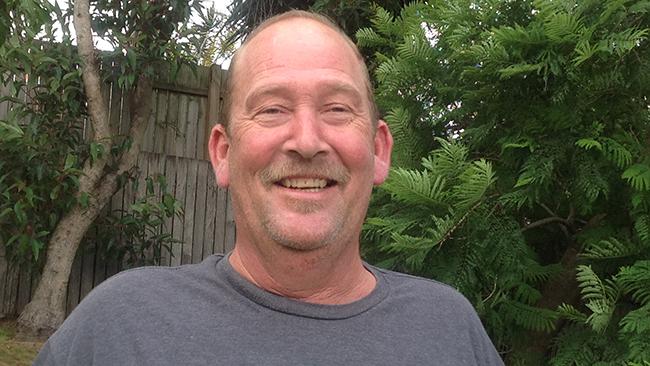Why aren't people doing cardiac rehab?
Cardiac rehabilitation can help avoid another heart attack.

Cardiac rehabilitation can help avoid another heart attack.
Gary Rodgers suffered a heart attack in February 2015. After feeling chest pains at work, Gary decided to drive himself to hospital, but his heart attack hit before he could make it. “I passed out in my car just 250 metres from the emergency ward,” Gary recalled.
After treatment for a 100 per cent blockage in one of his arteries, Gary attended cardiac rehabilitation.
A cardiac rehabilitation service may include physical activity, health education, counselling, behaviour modification strategies, and support for managing a patient’s heart condition and medications. It helps people get back on their feet and return to living an active and satisfying life after their heart event – both physically and emotionally.
“What I learned from cardiac rehab really kept me going,” Gary said. “It helped me understand how to continue with my life. I was very hesitant to start with, but once I got there it was just incredible. Just to talk to people that had been through the same thing was good and to learn the right type of exercises I should be doing.
“The confidence it gave me was really important; realising that I could still have a normal future and that I wasn’t going to let what happened change my life.”
Currently less than one in three heart attack survivors attend cardiac rehabilitation programs in Australia. And it’s costing Australia millions of dollars.
It is estimated that if participation rates were to rise from the current 30 per cent to 65 per cent, then the benefits nationally each year could be as much as $35.5 million in savings in healthcare costs; $58 million in social and economic benefits; and a startling 2100 fewer hospital admissions for heart attacks.
The Heart Foundation’s Chief Medical Advisor, Professor Garry Jennings, said the analysis shows investing in cardiac rehabilitation makes financial sense for governments and, importantly, would reduce disability and save lives.
“Of the approximately 57,000 heart attack hospital admissions that occur annually, each will cost around $30,000 in healthcare costs. That’s more than $1.5 billion every year,” Professor Jennings said.
“In stark contrast, a cardiac rehabilitation program costs the health system an average $885 per person to attend.”
Studies show that heart attack survivors who have participated in a cardiac rehabilitation program have a greater chance of avoiding a second event.
In fact, they are 40 per cent less likely to be readmitted to hospital and 25 per cent less likely to die from another heart attack.
“While the benefits are clear, many people aren’t referred to or don’t attend of cardiac rehabilitation, leaving them at real risk of having another heart attack,” Professor Jennings said.
“A third of people being admitted to hospital for a heart attack have been there before – it isn’t their first heart attack but their second or third, putting major drain on our health services.
“It is startling that people can survive a heart attack and then walk away from the hospital without a program of care to reduce their risk of another attack.”
Gary Rodgers said, “For somebody that started out quite depressed about everything, six weeks after I started the cardiac rehab course I changed my whole view and it was just tremendous. I can't recommend it highly enough.”
For heart health information, call the Heart Foundation Helpline on 13 11 12 or visit heartfoundation.org.au.
Originally published as Why aren't people doing cardiac rehab?


